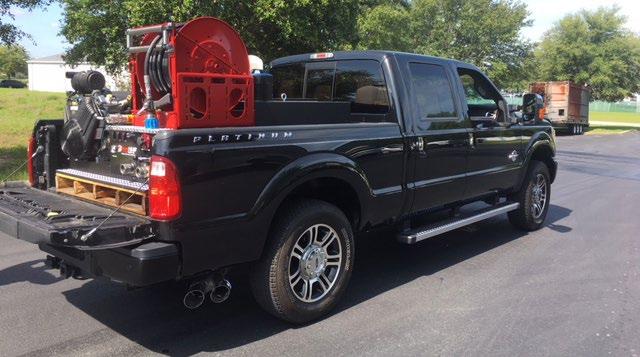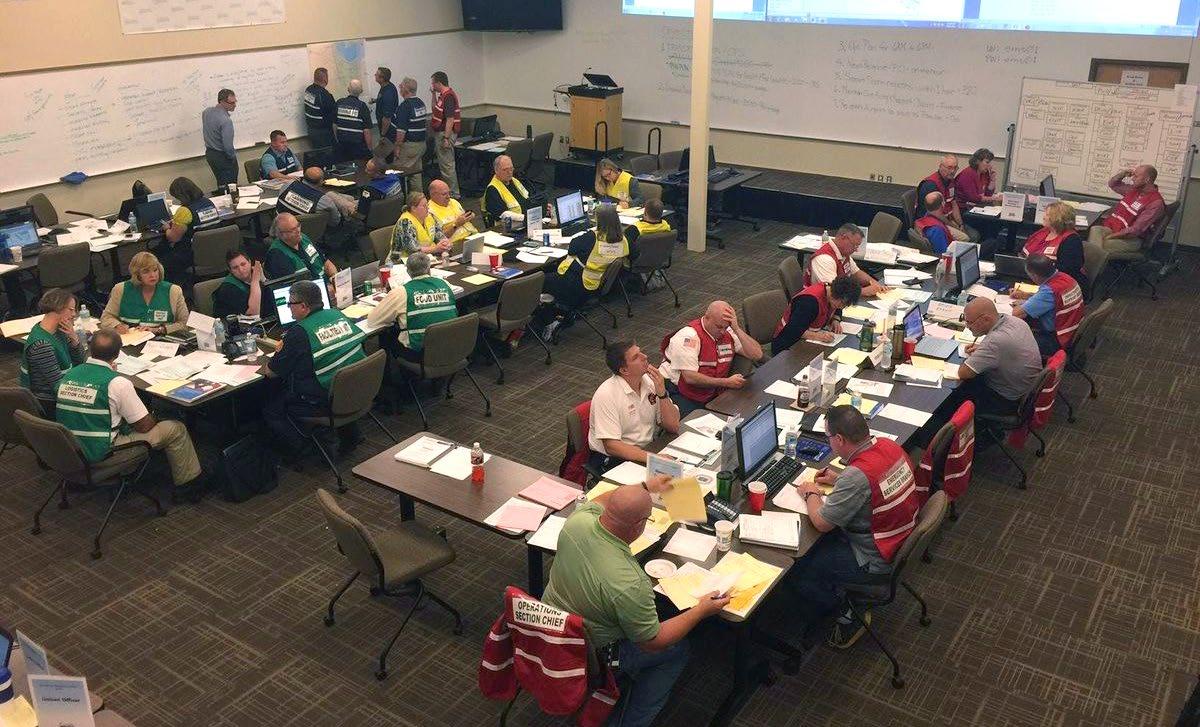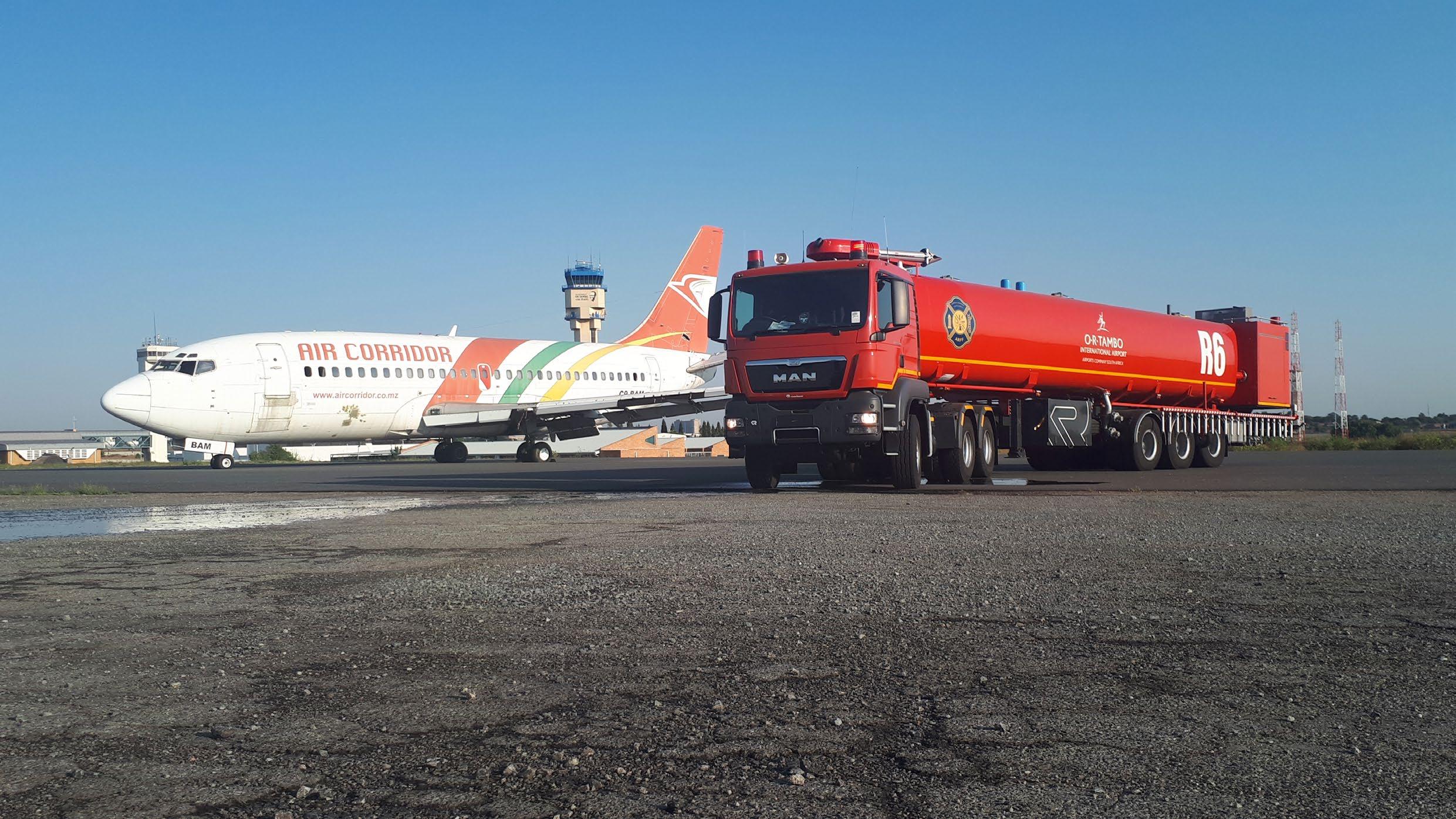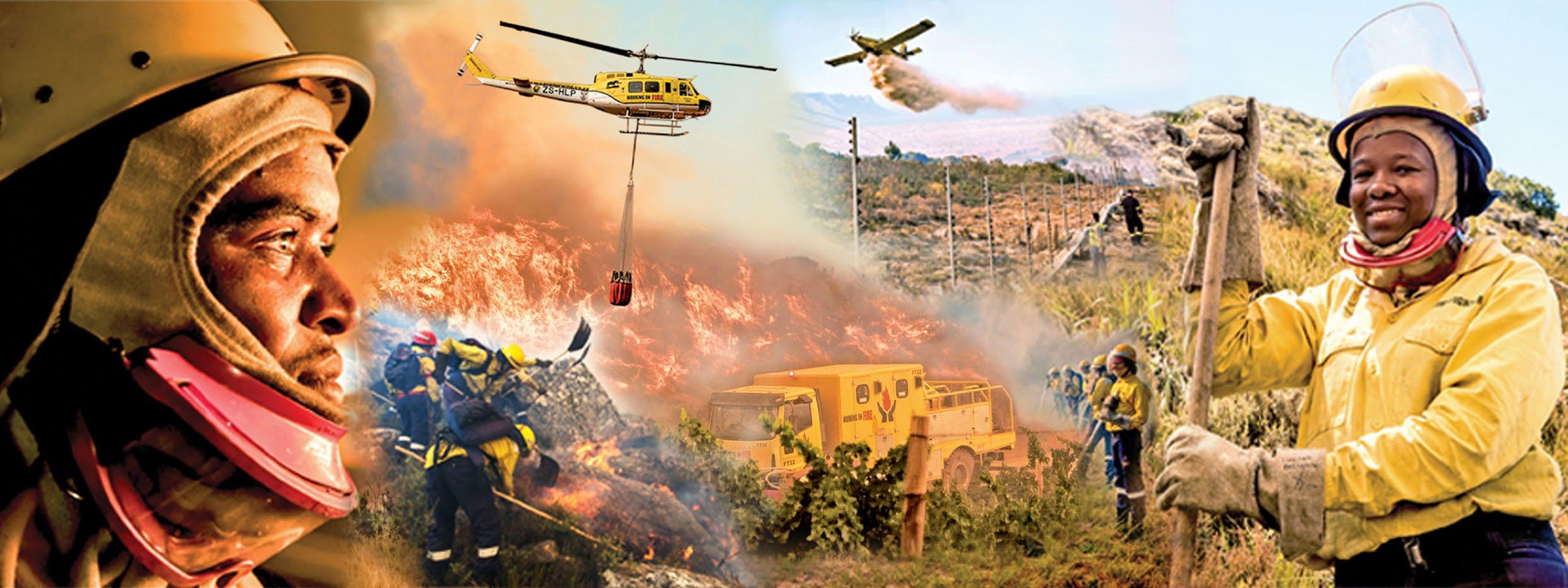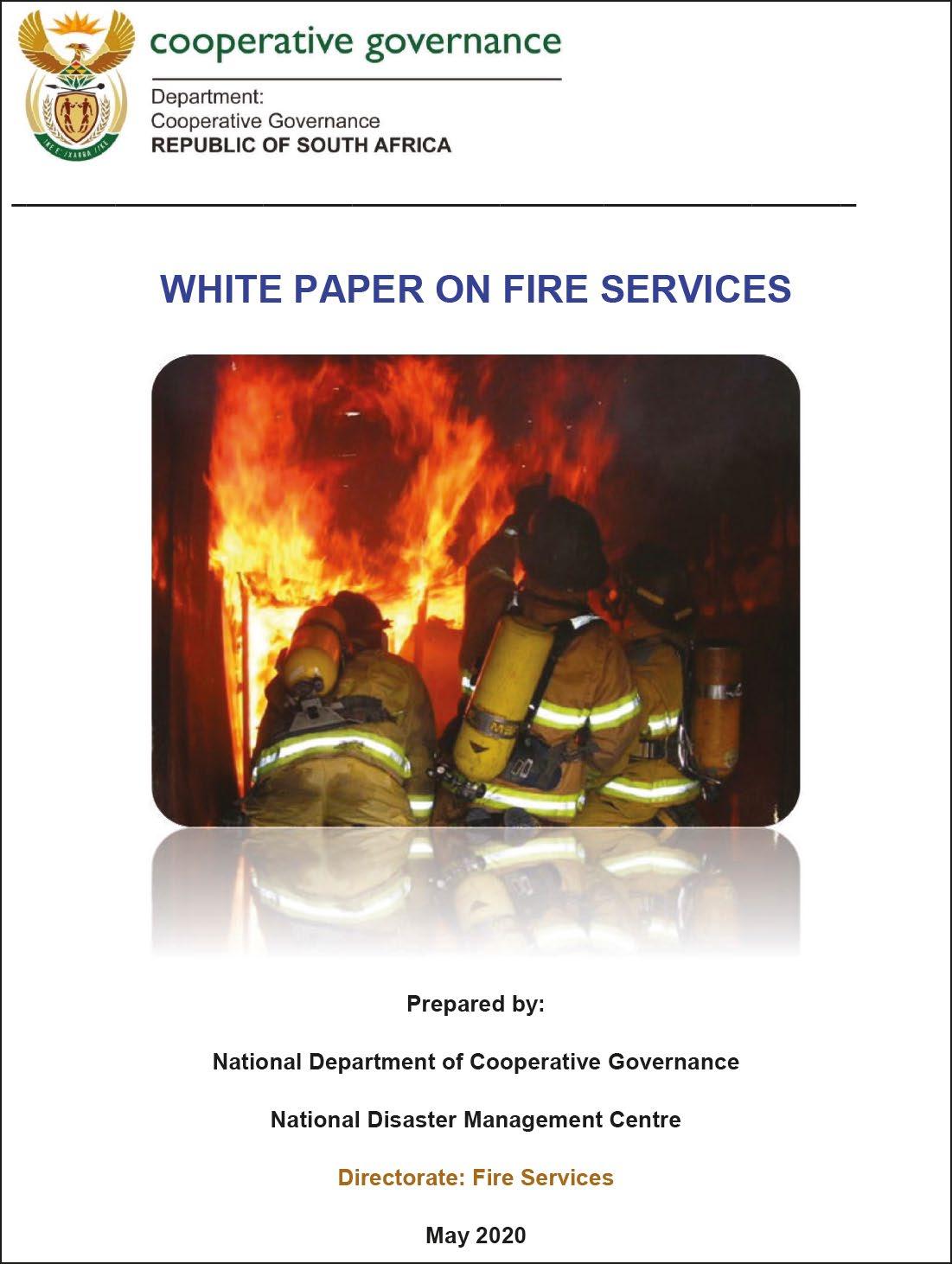Rescue Roundup
Proper education and training By Julius Fleischman and Neville van Rensburg, World Rescue Organisation (WRO) assessors and members
M
otor vehicle crashes (MVCs) continue to be a source of severe injury and death in the South Africa. However, changes in personal behaviour, overall health of citizens and vehicle design changes are making the rescue and treatment of survivors of MVCs more difficult for emergency medical services (EMS) and rescuers. Emergency crews must work together to balance the priorities of rescuer and patient safety, utilisation of resources, tactical decisionmaking and patient care in the continued race to bring a patient to a trauma team as quickly as possible.
Understanding injury profiles is the first step in adding value to the extrication process
Crews are encouraged to get patients to critical trauma care within the ‘Golden hour’, which is the first 60 minutes after their injury. The ‘Golden hour’ will likely
never see a randomised trial but rescue teams across the country continue to work to shorten the time patients experience the progressive decline toward death
brought on by haemorrhagic injuries and shock.
fire pumps and hose line diameters and nozzles will be very finely tuned around this requirement. In fact, the entire set-up will revolve around flowrates. This is going to happen sooner than later as we no longer have the luxury of throwing endless volumes of water at the fire incident. Making water work more effectively is what we want to create for the future. The dynamic of understanding critical flow rates and the technology behind transitional fire fighting is what is going to change how we approach fires, how we design our fire fighting vehicles and how we select our pumps and nozzles and, ultimately, how much water we use to extinguish a structural fire.
phase fire, copious amount of water is usually required, especially if the fire is well developed and ventilated. When faced with a gaseous-phase fire that is fully enclosed and nonventilated, the water requirement can look very different. It can look a whole lot different if you were to have the ability to flow water in a ‘ready state’ in the form of ultra-high pressure fog straight into the thermal layer and inert the products of combustion prior to it being ventilated. It will look even more different if you could flow that water fog into the thermal layer penetrating through from the outside of the structure involved straight into the heart of the fire.
any structure within seconds and flow ultra-high pressure water fog ie 37l/min at 100 bar, straight into the thermal column and interrupt the combustion process enabling quick and safe overhaul of the fire. Imagine using the PyroLance system to halt the lateral spread of fire within the attic space using one fire fighter thereby checking fire spread and allowing for far safer roof operations.
There are basically two types of combustion that we face: • Fuel-phase fire: Two dimensional fuel bed or surface fire • Gaseous-phase fire: Three dimensional gaseous phase fire
For the first time you have a tool in your arsenal that allows you this option were you can, in a matter of seconds, breach any type of construction without any physical exertion and using only one fire fighter! The PyroLance system gives you the ability the penetrate
When having to extinguish a fuelVolume 5 | No 5
Despite awareness of the time sensitivity of the severely injured
For internal attack, you will have the PyroBlitz that operates on the principle of generating very fine droplets of water and delivering them to the fire zone. The PyroBlitz provides the three primary mechanisms for extinguishing the fire, namely heat extraction, oxygen depletion and radiation blocking, with secondary mechanisms involving air dilution and kinetic effects such as reduced flame velocity. The PyroLance system and PyroBLitz is now available in South Africa. FIRE AND RESCUE INTERNATIONAL | 35




